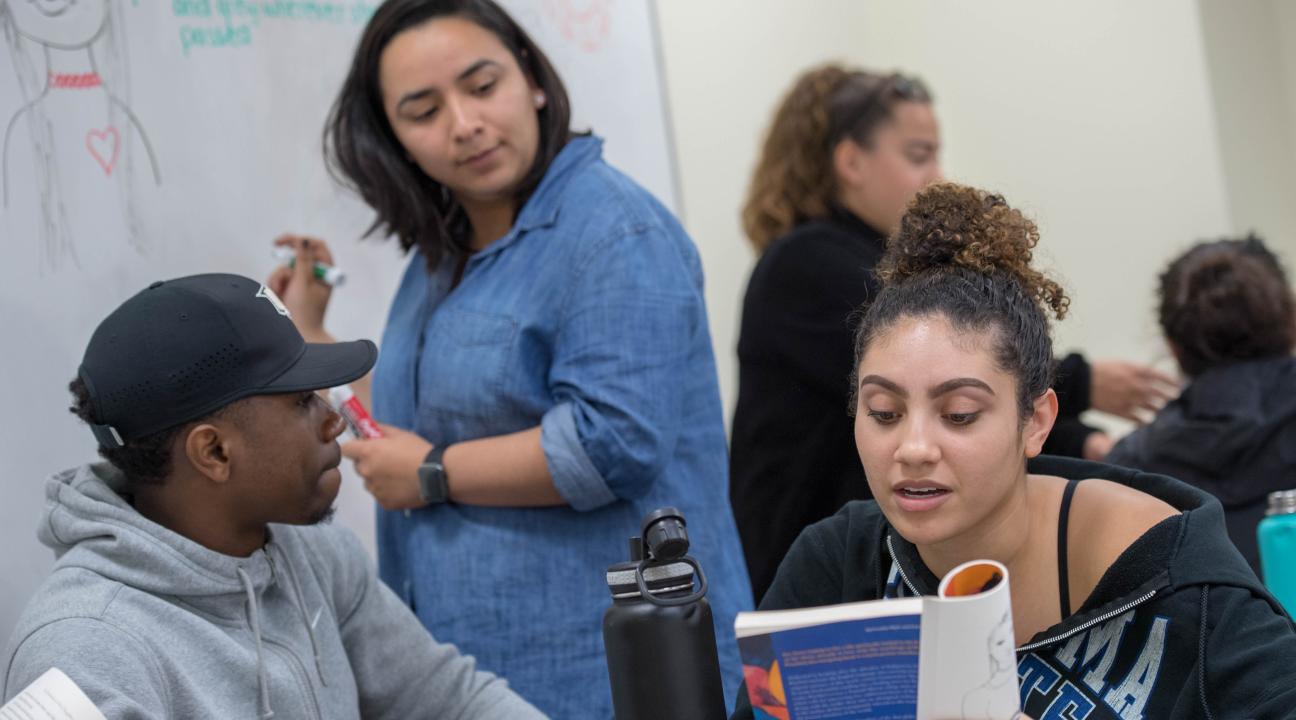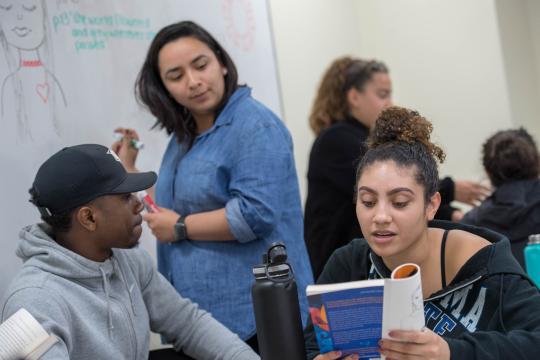Sonoma State and partners awarded $18 million for Cradle-to-Career Collaborative
Innovative Program to increase higher education access for underserved Redwood Coast communities
Sonoma State University and its partners have been awarded $18 million from the state to launch the Redwood Coast K-16 Education Collaborative. The partners include Humboldt State University, UC Davis, College of the Redwoods, Mendocino College, the Offices of Education in four counties, and ProjectAttain!
The initiative is a unified effort to increase higher education access for underrepresented students in Del Norte, Humboldt, Mendocino, and Lake counties and to prepare a new generation for careers in health care and education. The goal is to ensure young people take advantage of regional educational opportunities that lead to living wage jobs in the community.
The Collaborative effort—one of five recently created and funded by the state—is part of California’s ground-breaking K-16 Education Collaboratives Grant Program, which will build pathways to career opportunities for students in their local communities while addressing long standing equity challenges in higher education and workforce participation.
“We’re creating new regional pipelines—K-12 schools to higher education to the workforce—for California’s students that will prepare our kids for the jobs of the future in their communities. This essential collaboration will help bridge equity gaps and provide more resources to help our students achieve their career goals right in their own communities,” says Governor Gavin Newsom.
"We are excited to build upon our regional collaborations to better serve the students of the Redwood Coast," said Elisabeth Wade, dean for the School of Science and Technology at Sonoma State University, and member of the steering committee of the Collaborative. "This is a historical investment in an underserved region, and we are delighted to work together to strengthen a college-going culture and provide deeper support for K-16 career pathways."
"We collaboratively aim to build on the rich resources from Redwood Coast, build on the assets from the communities we serve, and hope to refine the career pathways to decrease shortages in specific areas like teaching in early childhood education," says Laura Alamillo, dean for the School of Education at Sonoma State University, who is also a member of the steering committee of the Collaborative.
The award will provide four years of funding for initiatives and resources including:
-
Dual enrollment program, which allows high school students to take college courses and earn college credit
-
Career counseling support
-
Additional professional development and certification programs for K-12 teachers
-
Additional staff and educators to support programming, advising, and courses
-
Improve tracking students’ progress from grade school through college
Addressing specific needs of communities throughout the region is another important aspect of the Collaborative. The health care pathway, for instance, creates opportunities for professional and aspiring health care practitioners to pursue a specialized degree or certification programs that will include stipends, apprenticeships, and job shadowing.
Carmen Bustos-Works, Cal Poly Humboldt’s associate vice president of academic programs, says the unprecedented partnership is an inspiring effort to remove barriers to a college degree and career opportunities.
“We all know that supporting students early and often is important. Working with other institutions toward the same goal, and sharing our expertise with each other, will elevate education at a systemic level while developing the needed workforce on the North Coast. The Collaborative is exciting for the future of all students and the North Coast,” says Bustos-Works.
“Our Redwood Coast region-wide Collaborative has combined strategies in education and careers to inform and provide resources for education-to-workforce pathways via the cradle to career framework, ensuring that education, vocational, and workforce programs work in partnership to address the income, racial, and gender inequalities in education and employment. The major milestones will streamline pathways from high school to postsecondary education and into the workforce,” says Mary Gonzalez, Cal Poly Humboldt's assistant director of Student Support Development, who is a co-leader of the Collaborative.



